It's tempting to fixate on performance when talking about a new chipset like the Snapdragon 8 Elite, when there are so many other aspects of the mobile experience that the system-on-chip controls. In the case of Qualcomm's new Snapdragon, that includes everything from the photos you'll be able to take on Snapdragon 8 Elite-powered devices to the AI experiences enabled by the chipset to how long those phones are going to last on a charge.
Yet, performance remains a big part of the Snapdragon 8 Elite story — something Qualcomm is happy to talk about. The new chipset uses a version of the Oryon CPU first released for connected computers but customized for mobile, and the results are pretty eye-popping — especially if you like comparing performance figures against the iPhone 16 Pro models and the A18 Pro chipset that they run on.
When it announced the Snapdragon 8 Elite earlier this week, Qualcomm published some of its own benchmarks for the new chip, and the promised to give the latest iPhones a run for their money. According to Qualcomm, the Oryon CPU in the Snapdragon 8 Elite delivers a 45% boost in both the single- and multicore performance on the Geekbench 6 benchmark compared to the Snapdragon 8 Gen 3 — not exactly a slouch in the performance department. The Adreno GPU on the new chipset is supposed to see a 40% performance improvement.

During this week's Snapdragon Summit, which I'm attending as a guest of the company, Qualcomm provided a benchmarking session in which we could verify those numbers using a Qualcomm-supplied reference device running the Snapdragon 8 Elite. The 6.8-inch reference device is running the standard configuration of the Snapdragon 8 Elite, with a CPU that maxes out at 4.32GHz. The device also came loaded with 24GB of RAM.
Here's what we found when running some common benchmarks with the Snapdragon 8 Elite-powered device.
Snapdragon 8 Elite Performance testing
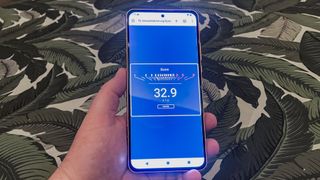
When Tom's Guide tests the overall performance of a phone, we look at Geekbench, which measures the single- and multicore power of a processor when it comes to performing different tasks. Apple's A series chips have dominated this test over the past few years, though recent Snapdragon silicon has closed the gap, particularly in multicore performance.
Swipe to scroll horizontally
| Device | Geekbench 6(single/multicore) | Speedometer 3 (Chrome) |
| Snapdragon 8 Elite reference device | 3,212 / 10,318 | 33.2 |
| Galaxy S24 Ultra (Snapdragon 8 Gen 3) | 2,300 / 7,249 | 16.3 |
| iPhone 16 Pro (A18 Pro) | 3,400 / 8,391 | 28.1 |
| iPhone 16 Pro Max (A18 Pro) | 3,386 / 8306 | 27.8 |
That improvement picks up the pace with the Snapdragon 8 Elite. Our reference device averaged single- and multicore scores of 3,212 and 10,318, respectively. That multicore result is particularly revealing as we've not yet seen a mobile device blaze past that 10,000 mark.
As you might imagine, those Snapdragon 8 Elite numbers are big improvements over what the Snapdragon 8 Gen 3 produced on the same tests. Our Snapdragon 8 Elite results topped the Snapdragon 8 Gen 3-powered Galaxy S24 Ultra by 40% on the single-core test and 42% on multicore.
The Snapdragon 8 Elite still trails Apple's A18 Pro chip in single-core results on Geekbench. The iPhone 16 Pro and iPhone 16 Pro Max posted scores of 3,400 and 3,386, respectively, putting them ahead of our Qualcomm reference device. But in the multicore test, the iPhone 16 Pro managed an 8,391 result while the Pro Max hit 8,306 — both scores are well behind what the Snapdragon 8 Elite managed.
We also ran Speedometer 3 on the Snapdragon 8 Elite, as that test can show how fast browsing performance can be on a given chipset. For consistent results, we ran Speedometer using Chrome.
Our Snapdragon 8 Elite-powered unit posted a 33.2 average in Speedometer 3, compared to 16.3 for the Galaxy S24 Ultra. The iPhone 16 Pro scores were a bit closer, with the standard Pro scoring 28.1 while the Pro Max hit 27.8.
Snapdragon 8 Elite Graphics testing

We use 3DMark's Wild Life test to look at graphics performance, since it's a good way to compare devices running on iOS and Android. In this test, you're looking for a phone that produces higher frame rates. We ran both the Unlimited version of the Wild Life graphics benchmark as well as the more demanding Extreme test to measure how the Snapdragon 8 Elite's GPU performed.
In recent years, Snapdragon-powered phones have pulled away from the iPhone on this test. That certainly continued when we ran Wild Life on our Snapdragon 8 Elite test unit.
Swipe to scroll horizontally
| Device | Wild Life Unlimited (fps) | Wild Life Unlimited Extreme (fps) |
| Snapdragon 8 Elite reference device | 150.9 | 41.7 |
| Galaxy S24 Ultra (Snapdragon 8 Gen 3) | 121.8 | 29.8 |
| iPhone 16 Pro (A18 Pro) | 109.3 | 23 |
| iPhone 16 Pro Max (A18 Pro) | 107.5 | 22.9 |
On Wild Life Unlimited, the Snapdragon 8 Elite device churned out an average of 150.9 frames per second when running the test on-screen. (There's an off-screen option that can produce higher frame rates, but we're using the on-screen numbers for consistent comparisons with phones we've tested in house.) That 150.9 fps result beat the Galaxy S24 Ultra by 24%.
More significantly, the gap with the iPhone's performance on this test is widening. The iPhone 16 Pro posted a 109.3 fps result while the iPhone 16 Pro Max scored 107.5. Those numbers were already behind the Galaxy S24 Ultra, so you figure that if the Snapdragon 8 Elite powers the Galaxy S25 Ultra, Samsung's new phone will handily outperform the current iPhones in terms of graphics.
Running the Wild Life Unlimited Extreme test, the Snapdragon 8 Elite's result of 41.7 fps beat the Galaxy S24 Ultra by 39% and the iPhone 16 Pro by 81%.
Snapdragon 8 Elite AI testing
AI features are now a mainstay of smartphones, and a lot of that depends on the performance of a chipset's neural engine — particularly if you want to run those AI features on the device itself. Qualcomm says that the Snapdragon 8 Elite's neural engine is 45% faster than its predecessor.
To see what kind of improvements that translates to, we turned to the AIMark benchmark. That benchmark relies on the ResNet-34, Inception-V3, Mobilenet-SSD, and DeepLab-v3+ models for image classification, recognition and segmentation — the higher the score, the better.
Qualcomm is right that the neural engine in the Snapdragon 8 Elite is faster than what last year's chipset had to offer. On AIMark, the 8 Elite's score of 308,241 topped the Galaxy S24 Ultra's 243,765 score by 26%. iPhones typically score fairly low on AiMark, so a cross-platform comparison here wouldn't be the most illustrative. And there are many other AI benchmarks out there that can provide a more complete picture of neural performance. However, this AiMark test does show the generation leap between the Snapdragon 8 Elite and Snapdragon 8 Gen 3.
Snapdragon 8 Elite: What we didn't test
When we review phones, we like to run a real-world test in which we take a video clip and transcode it to 1080p using Adobe Premiere Rush. We time the results, with the better-performing phone finish the task faster than its rival. Due to time and device limitations, however, we didn't get a chance to run this transcoding test on the Snapdragon 8 Elite-powered reference device.
Traditionally, this has been a test where Apple's A series chips have finished well ahead of Snapdragon-powered devices. Most recently, the iPHone 16 Pro Max finished the task in 21 seconds, compared to 42 seconds for the Galaxy S24 Ultra. Obviously, we're very interested to see if the Snapdragon 8 Elite can shrink down that time when we get a chance to fully test the first phones running Qualcomm's latest silicon.
Snapdragon 8 Elite outlook
When we spoke to Qualcomm's Chris Patrick about the Snapdragon 8 Elite, he described the new silicon as "a desktop-class CPU [with] mobile-level power efficiency." Having run initial benchmarks on the Snapdragon 8 Elite, we can confirm he's certainly right about the CPU's power.
We'll have to run more benchmarks on the devices that are released with a Snapdragon 8 Elite inside, but for now, it looks like Qualcomm is on track to seize the mobile performance crown at the start of 2025. We'll see how Apple responds later in the year.
More from Tom's Guide
- Galaxy S25 series likely to only use Snapdragon 8 Elite
- 7 ways Samsung Galaxy S25 Ultra could beat iPhone 16 Pro Max
- What Samsung could learn from the Galaxy S24 Ultra for next year's phones

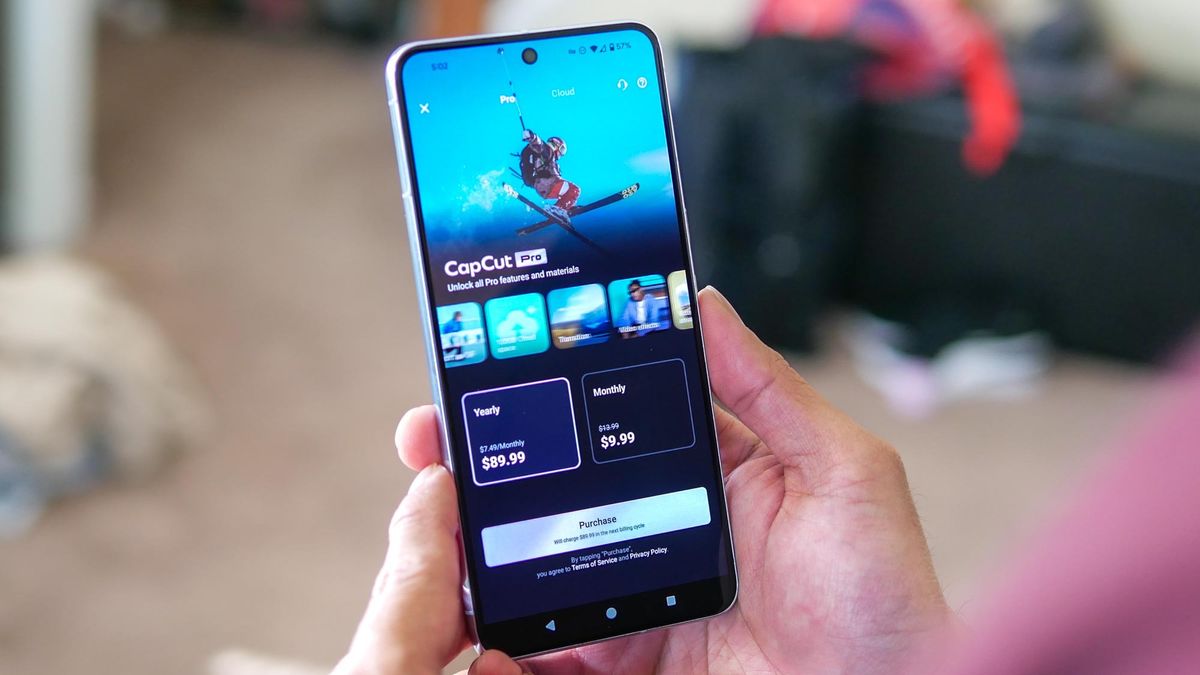

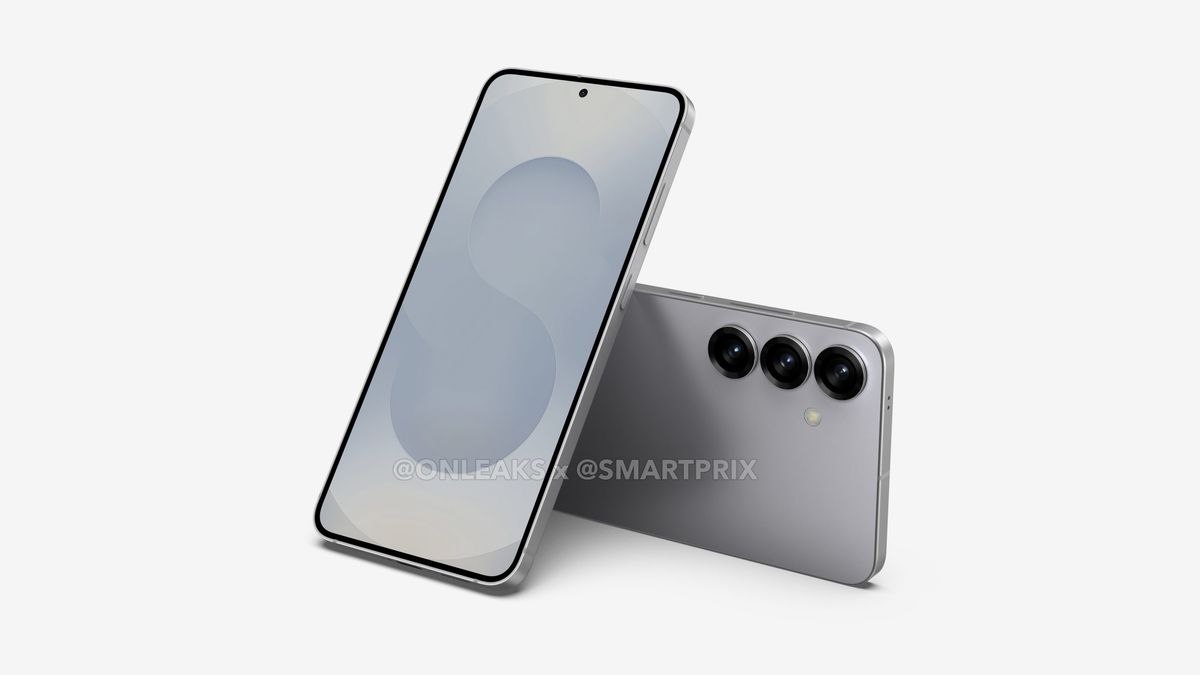

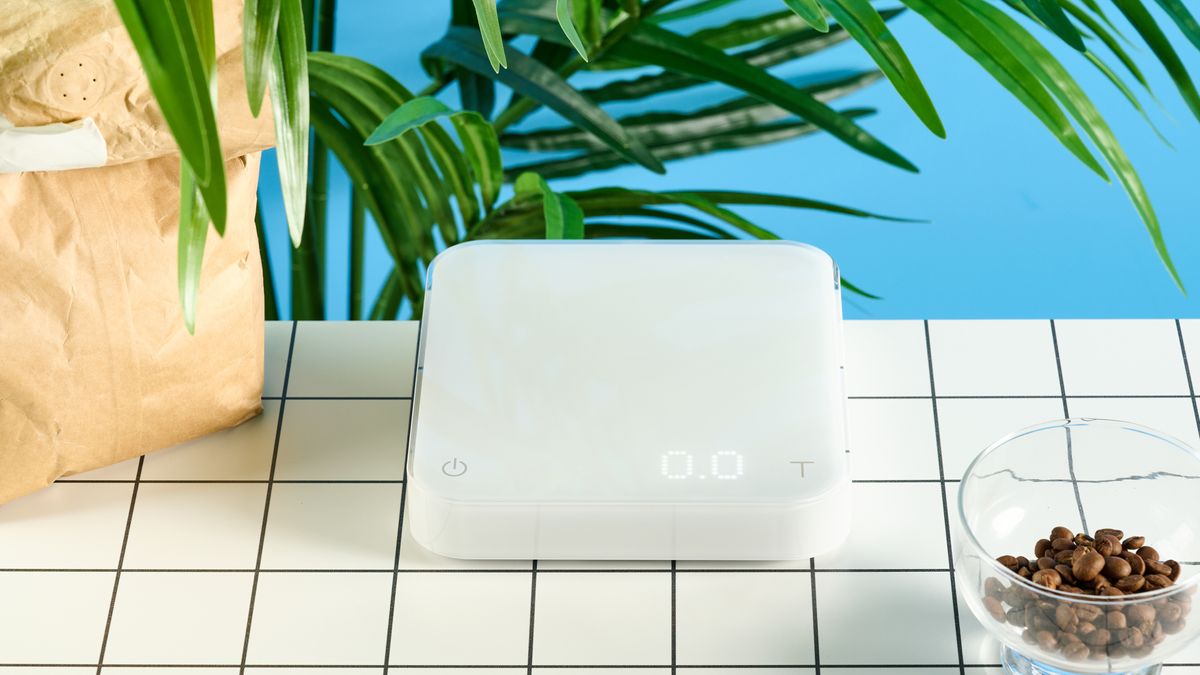
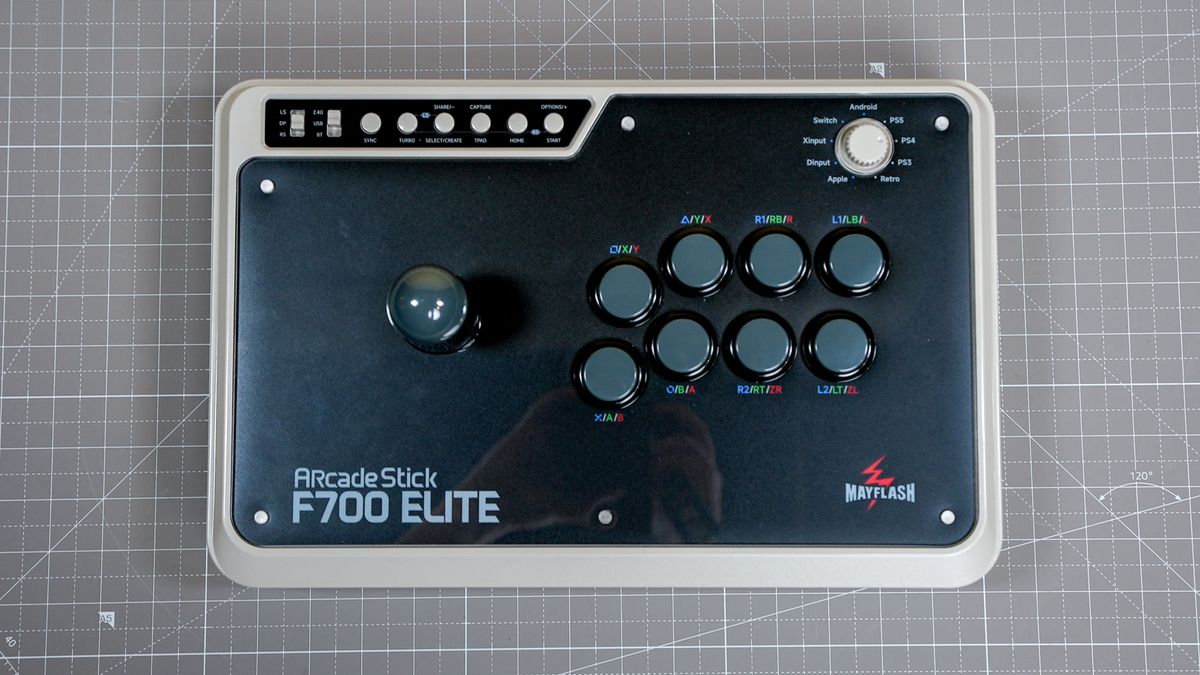

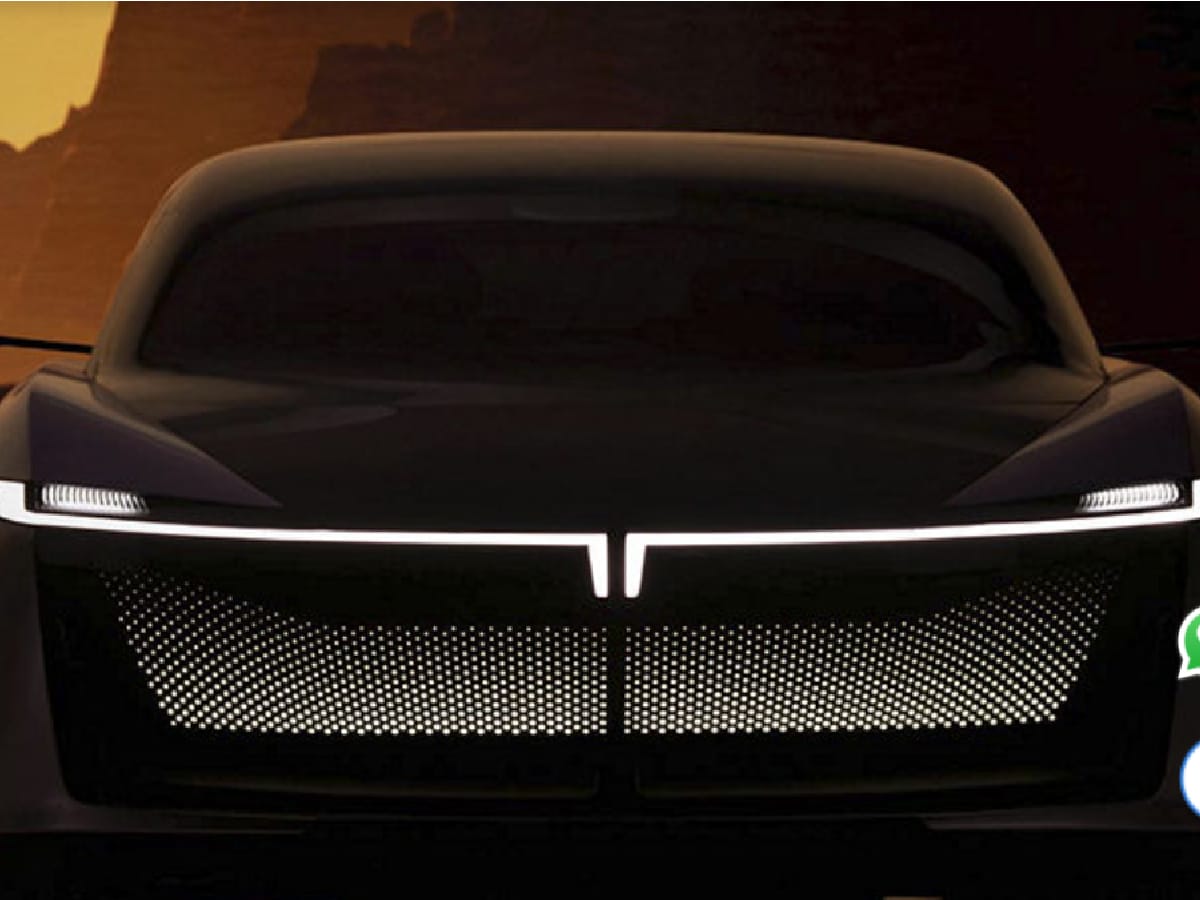
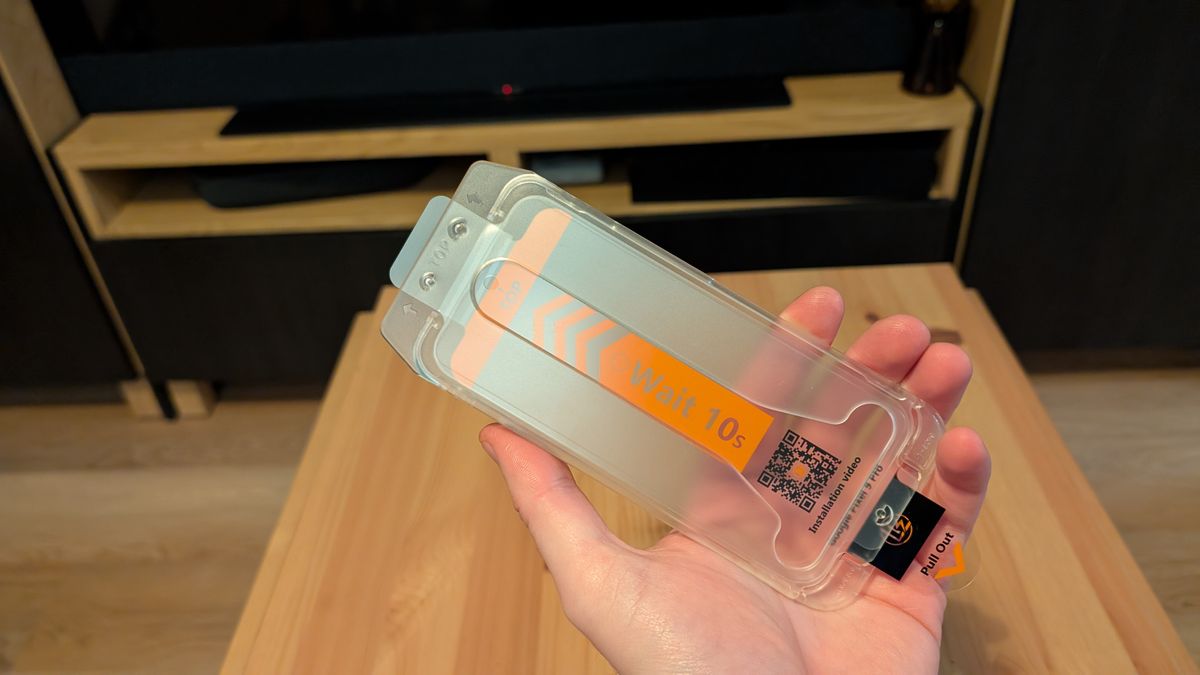











 English (US) ·
English (US) ·